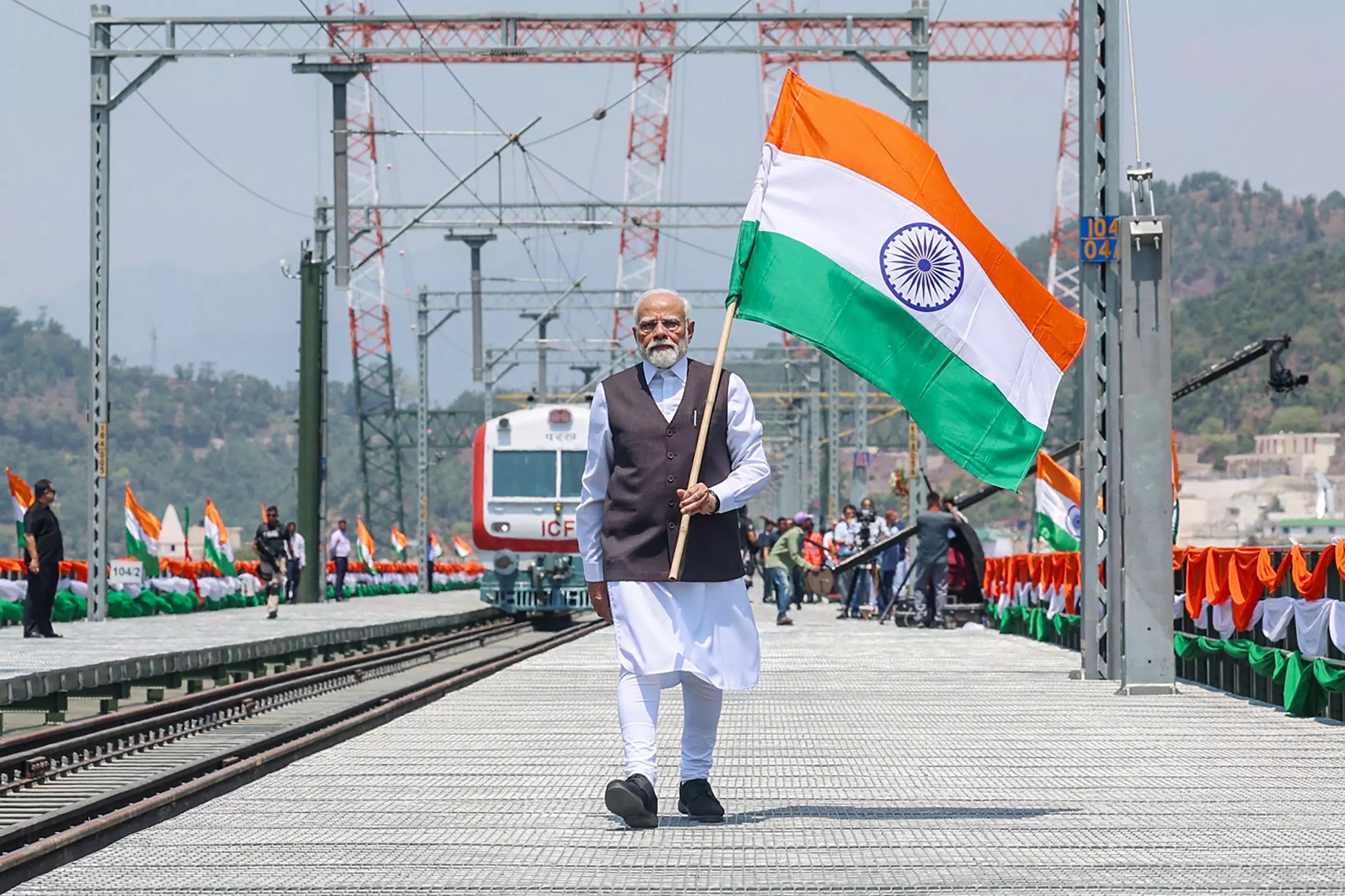DC Edit | Much Progress in Modi Govt’s 11 yrs, But Lot Still to be Done
There is no question that India’s economic standing has leapt since 2014 when it was the 10th largest to now when it is poised to overtake Japan and Germany to become the world’s third largest economy

With Prime Minister Narendra Modi completing 11 years in office on Sunday, the question arises as to whether the average Indian is better off today than he was in 2014. While the jury could still be out on answering that query, what is indisputable is the BJP-led NDA has consolidated its position — especially in the last year since the people delivered the somewhat mixed verdict of 2024 — in the political landscape which 11 years ago saw a dramatic change come about.
There is no question that India’s economic standing has leapt since 2014 when it was the 10th largest to now when it is poised to overtake Japan and Germany to become the world’s third largest economy. Much of that growth may have been organic, expanding with the population as the country became the world’s most populous after overtaking China, but a lot also had to do with how it was steered.
While demonetisation may have been the most ill-considered decision affecting the economy that was later to be hit by the Covid-19 pandemic, it is obvious that India needs to grow at a much faster rate than even the 6.5 per cent last year. It is generally accepted that to fulfil Viksit Bharat goals of becoming a developed nation, India would have to see its economy growing at near 10 per cent per annum.
Statistics, like a bikini, may hide more than they reveal but poverty alleviation seems to have worked well enough for the World Bank to conclude, after adjusting its poverty line yardstick, that Indians living below the Lower-Middle-Income-Country (LMIC) decreased by nearly 400 million and which is reflected in household consumption and access to essential services.
Qualitatively they could be far higher, but it is in the sheer quantum of infrastructure development in road, rail, air and mobile networks connectivity that the BJP, clearly the dominant political force for well over a decade and which, along with allies, now rules in 19 states and two UTs in which over 900 million Indians live, excelled over previous governments.
That India supplies 800 million people with basic food grains, even if much of it is for politically expedient reasons of not stopping a freebie, however, points to how much India must progress to become a developed nation. Offsetting that is the role Indian IT has played in making life easier for close to 150 crore people with digital payments.
There is little doubt that while the GST system, with all its faults, has proved a game changer for a diverse nation, the fact remains that Indians are highly taxed as seen in the mean GST rate close to 13 per cent and every Indian who consumes pays it. The burgeoning GST collections also point to many Indians being better off though the gaps in wealth have widened.
Political strength derived on the back of victories in Haryana, Maharashtra and Delhi may have also reflected in the kind of stern message that India delivered to Pakistan in Operation Sindoor, destroying terror dens and striking air bases. A more inclusive approach in conveying the message of Sindoor and the government’s extensive use of Opposition figures in delegations to carry the message of a nation’s self-defence extending to fighting terrorism were an encouraging sign of nationalism.
If that sentiment is extended to looking after all the diverse peoples of the country without discrimination by religion or region, India would be achieving more in the four more years the NDA alliance will be in power. It should feel emboldened to take a serious look at unequal economic gains while sustaining growth to ensure that per capita income also rises.
